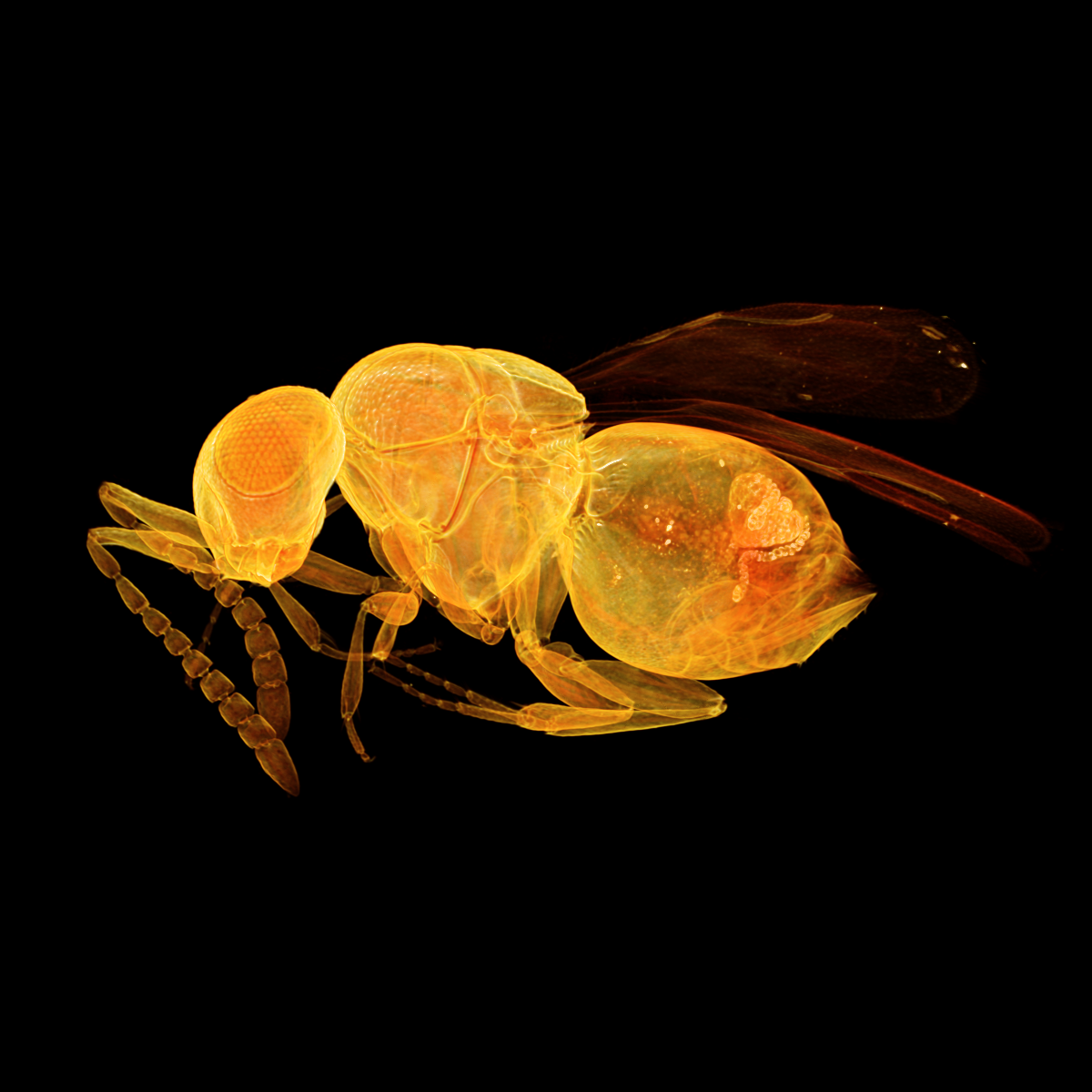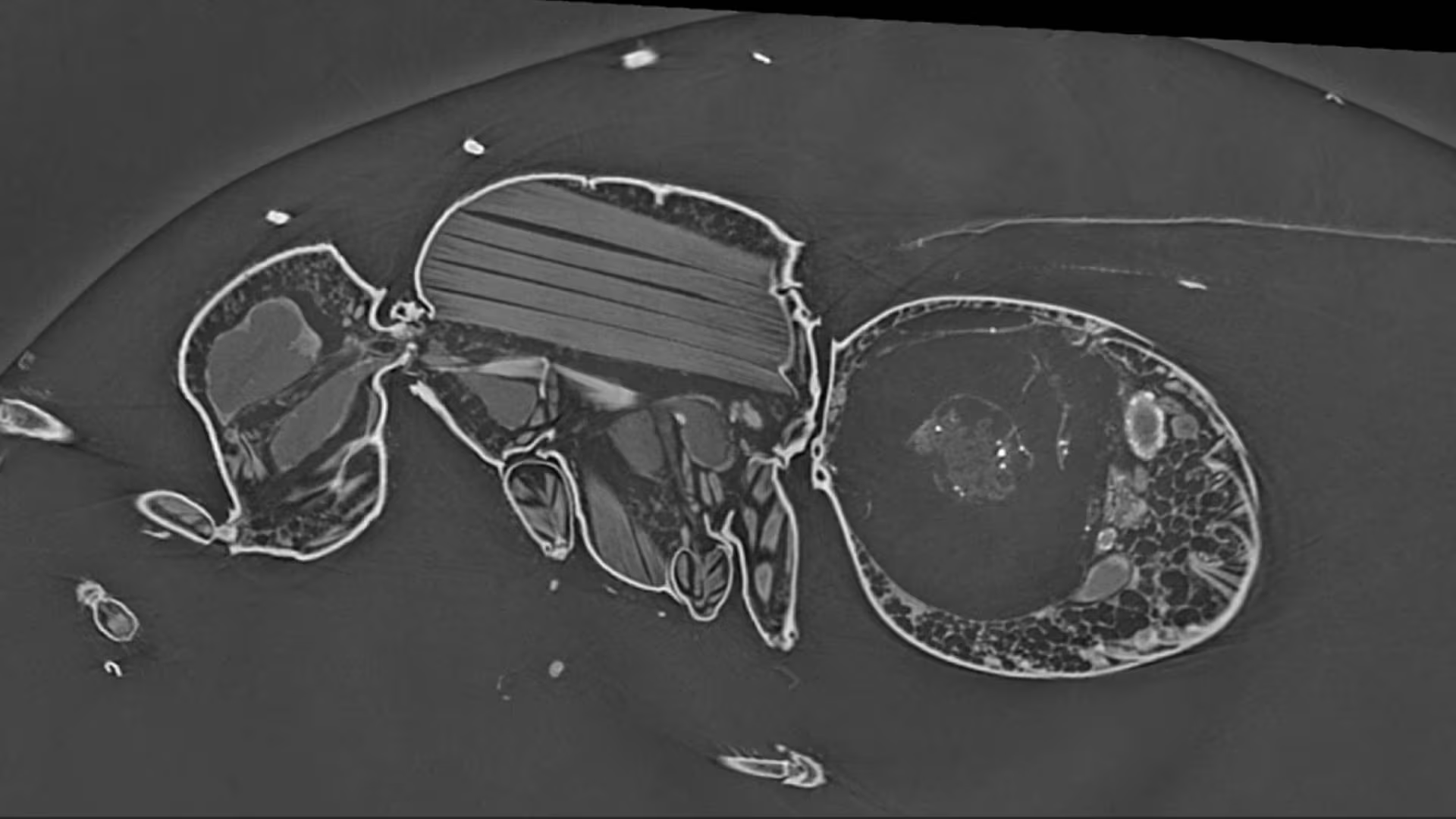
New wasp species discovered in a cooperation between the Natural History Museum Stuttgart and the IPS
- Date: Apr 2023
New wasp species discovered in a cooperation between the Natural History Museum Stuttgart and the IPS
A new species of wasp has been discovered in a nature reserve near Tübingen, Germany. The discovery was made by Marina Moser, a PhD student at the Natural History Museum Stuttgart, while she was studying insect populations in the area. After collecting specimens and analyzing them at the museum, Moser and her colleagues confirmed that they had indeed discovered a new species of parasitoid wasp. The wasp has a distinctive row of spines, which the researchers believe it may use to open the bodies of its host insects. Further research is needed to understand the wasp's ecological role and which insects it preys on. However, parasitoid wasps like this new species are particularly vulnerable to habitat loss and insect declines.
At the Imaging Cluster of IPS, high-throughput X-ray microtomography was employed to examine the tiny details of the wasp's body, including its internal musculature. The collaboration between the Natural History Museum Stuttgart and KIT allowed gaining a more comprehensive understanding of this newly discovered species of parasitoid wasp.

The discovery was featured in the German science TV show nano (report starts at minute 13:22, in German).
Further information:
